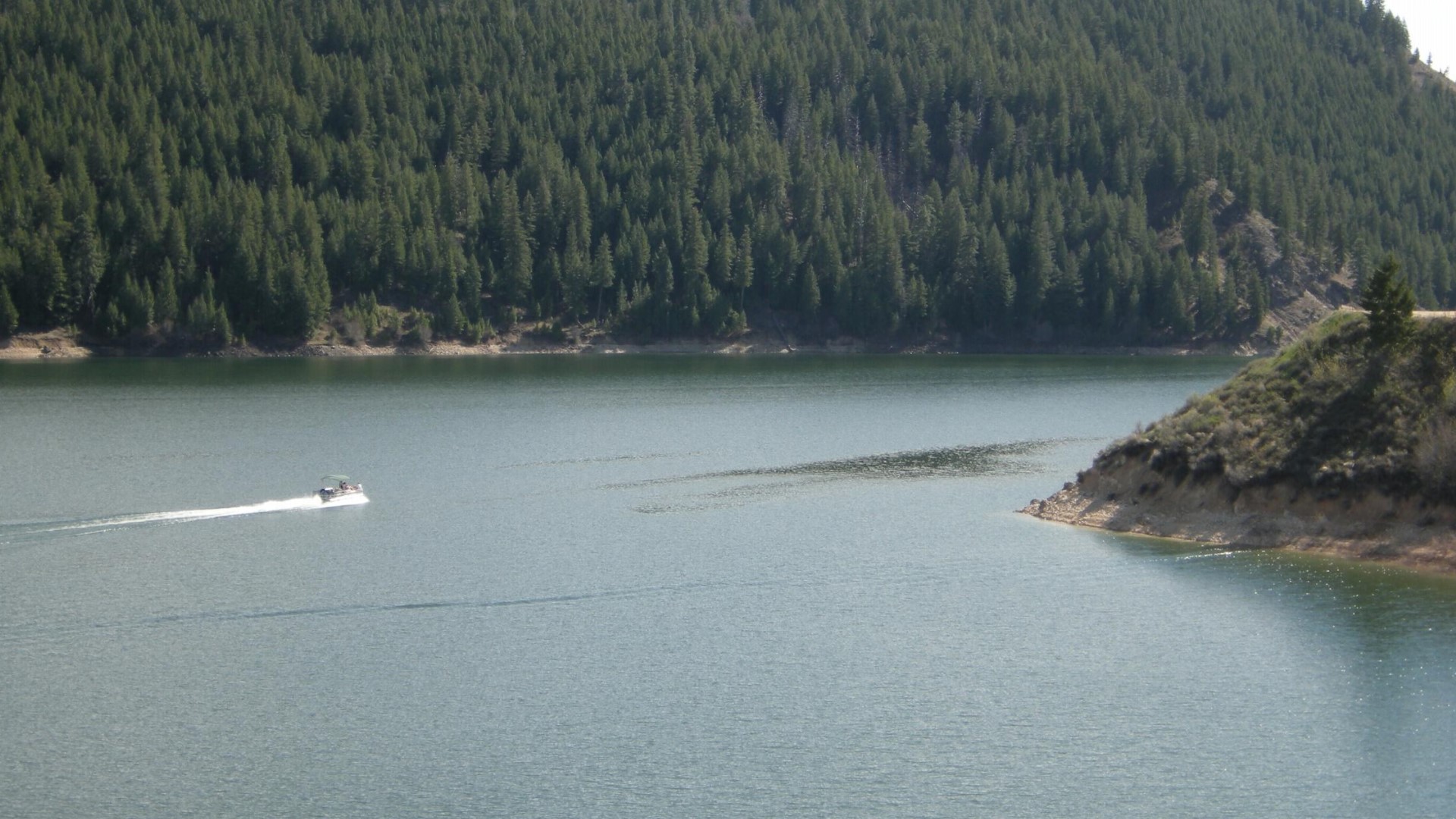BOISE, Idaho — U.S. officials have initiated a licensing process for a water, wind and solar energy project in southwestern Idaho that could power nearly 300,000 homes.
The Federal Energy Regulatory Commission on Monday said it’s starting consultation with the U.S. Fish and Wildlife Service over Endangered Species Act concerns as well as taking public comments on Cat Creek Energy’s proposed Water Storage Renewable Power Station Project.
The company wants to use wind and solar energy to pump water from the U.S. Bureau of Reclamation's Anderson Ranch Reservoir into the planned 1,900-acre (770-hectare) Cat Creek Reservoir that could then release the water back into Anderson Ranch Reservoir to generate timely-needed power.
The plan includes a solar array covering about 480 acres (195 hectares) and a wind farm with a maximum of 39 turbines up to 510 feet (155 meters) tall to be built on rolling terrain about 5 miles (8 kilometers) from the planned Cat Creek Reservoir.
The company also wants to put floating solar panels on Cat Creek Reservoir, which would be located south of Anderson Ranch Reservoir.
The project, first proposed about six years ago, would mostly be built on private land in Elmore County.
Such systems are viewed as giant batteries because they can hold vast amounts of potential energy for use when needed for the power grid. The systems are seen as possible paths to transition from greenhouse-gas-producing fossil fuels that cause global warming to renewable energy sources that can produce power when the sun isn't shining and the wind isn't blowing.
Cat Creek Energy in a December preliminary application document said the project would create thousands of construction jobs and then long-term jobs. The company also said the project would generate more than a billion dollars in taxes and fees. It also said the project included conservation measures to reduce environmental impacts.
The Federal Energy Regulatory Commission, however, earlier this year rejected Cat Creek Energy's argument that the project's impacts would be minor and not have a high level of controversy. As a result, the agency refused the company's request to use a simpler and less expensive licensing process and required it to instead use a process requiring more in-depth analysis.
“There are several complex and likely controversial issues associated with the project including potential effects on water quantity and availability, water quality in the reservoir, land use and recreation around the project site, and potential effects to federally listed bull trout and other fish and wildlife,” the commission wrote.
Entities requesting the commission use the more complex licensing requirement include the Idaho Conservation League, U.S. Forest Service, city of Boise, Idaho Department of Fish and Game, Idaho Department of Water Resources, the Idaho Governor's Office of Species Conservation and S Bar Ranch, a privately held game reserve on the Camas Prairie with a goal of providing habitat for elk, deer and sage grouse.
The commission plans to hold two virtual public meetings on the energy project. The online meetings are scheduled for June 15 and June 16.
Watch more Local News:
See the latest news from around the Treasure Valley and the Gem State in our YouTube playlist:

